AI and Trucking: Can Chatbots Replace Dispatcher Jobs?
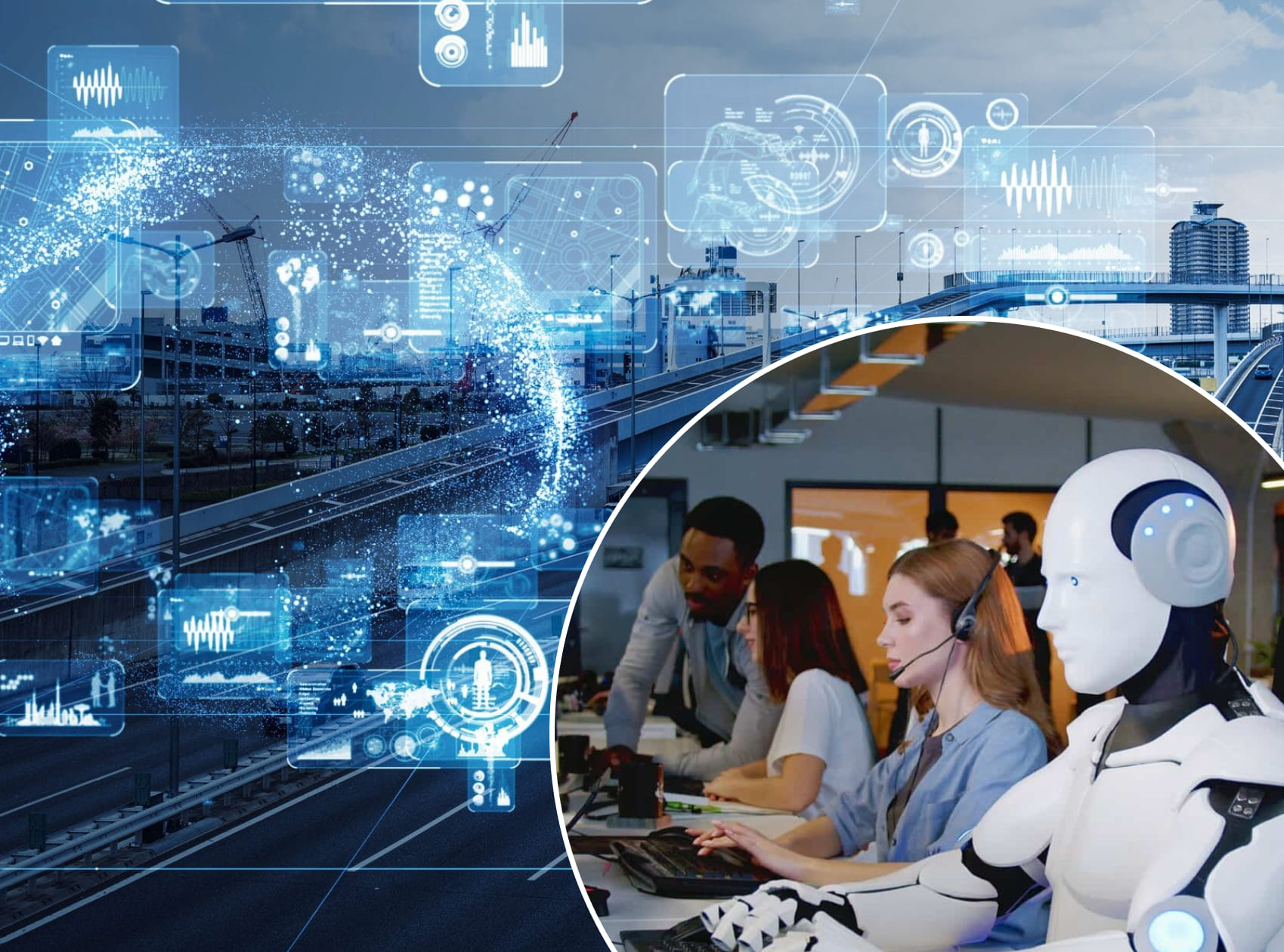
The trucking industry has long been a critical pillar of the global economy, enabling the transportation of goods across vast distances. As technology continues to evolve, industries worldwide are exploring innovative ways to streamline their operations. One such development in the trucking industry is the rise of Artificial Intelligence (AI) and chatbots, which are revolutionizing logistics, dispatching, and communication. However, a key question remains: can AI-powered chatbots truly replace the traditional dispatcher roles in trucking?
In this article, we will explore the role of AI in the trucking industry, particularly in dispatching, and analyze the potential for chatbots to replace dispatcher jobs. We will also look at the benefits, challenges, and limitations of integrating AI into trucking, as well as the human aspects of dispatching that AI might not be able to replicate.
The Role of Dispatchers in the Trucking Industry
Before we dive into the potential of AI in trucking, it’s essential to understand the role of dispatchers in the industry. Dispatchers serve as the critical link between trucking companies, drivers, and customers. Their main responsibilities include:
- Route Planning: Dispatchers are responsible for planning and optimizing routes for drivers to ensure timely deliveries while minimizing fuel costs, time, and distance.
- Driver Communication: Dispatchers maintain regular communication with drivers to provide updates on route changes, traffic conditions, or any unforeseen circumstances that could affect deliveries.
- Scheduling: They ensure that drivers are assigned to appropriate loads and ensure compliance with federal regulations such as hours of service (HOS) and driver rest periods.
- Customer Service: Dispatchers act as the point of contact for customers, providing updates on shipment status, tracking, and resolving any issues that arise.
- Problem-Solving: Dispatchers often need to address issues related to delays, traffic, breakdowns, or accidents, and quickly find solutions to minimize disruption.
Given the complexity and human interaction required in the dispatcher role, it raises the question of whether AI-driven chatbots can take over these duties without compromising efficiency and service quality.
How AI and Chatbots Are Changing the Trucking Industry
AI and machine learning have already made significant inroads in many industries, and trucking is no exception. The integration of AI into trucking operations has the potential to increase efficiency, reduce costs, and improve safety. Some of the ways AI is already transforming the trucking industry include:
2.1. Route Optimization
AI algorithms can process vast amounts of data in real time to identify the best routes for drivers. By considering factors like traffic, weather, road conditions, and delivery schedules, AI can help optimize routes for fuel efficiency, safety, and speed. Dispatchers can leverage these AI-powered tools to make better decisions, improving overall fleet efficiency.
2.2. Automated Communication
AI-powered chatbots are being used for automating routine communication tasks. For example, truckers can use chatbots to receive updates about road closures, delivery instructions, or customer feedback without the need for constant human intervention. This helps reduce the load on human dispatchers and allows them to focus on more complex tasks.
2.3. Predictive Maintenance
AI can help trucking companies predict when a vehicle may need maintenance, based on real-time data gathered from sensors installed in the vehicle. This predictive capability can reduce breakdowns and improve the overall reliability of the fleet. Dispatchers can use this information to proactively address potential vehicle issues before they cause delays.
2.4. Freight Matching
AI can help match freight with available drivers more efficiently. By using machine learning algorithms, AI can analyze factors such as delivery times, distances, and load capacities to ensure that each shipment is assigned to the best-suited driver. This can improve fleet utilization and reduce downtime for drivers.
2.5. Real-Time Tracking and Monitoring
AI-powered systems allow trucking companies to monitor the progress of deliveries in real-time. Dispatchers can track driver locations, monitor speed, and receive alerts in case of delays or accidents. This provides greater visibility and allows dispatchers to react quickly to unforeseen events.
These advancements in AI and chatbot technology have made it possible for trucking companies to automate many of the tasks traditionally handled by human dispatchers. But does this mean that AI and chatbots can completely replace dispatcher jobs?
Can Chatbots Replace Dispatcher Jobs?
While AI and chatbots can undoubtedly enhance the efficiency and effectiveness of trucking operations, the question remains: Can they fully replace dispatchers? Let’s take a closer look at both the potential benefits and the limitations of using AI to replace dispatcher roles.
3.1. Benefits of AI in Replacing Dispatcher Jobs
- Increased Efficiency: Chatbots and AI can handle repetitive tasks, such as updating drivers with new information, answering routine questions, and assigning tasks. This can free up human dispatchers to focus on more complex or urgent matters. The result is faster response times, better communication, and fewer delays.
- 24/7 Availability: Chatbots don’t need breaks, sleep, or vacations. They can be available around the clock to answer questions, provide updates, and solve problems. This is particularly beneficial for trucking companies that operate across different time zones and need support at all hours.
- Cost Savings: Automating dispatching processes through chatbots and AI can significantly reduce operational costs. By reducing the need for human dispatchers, trucking companies can save on salaries, training, and benefits. Additionally, AI systems are often more accurate, reducing the risk of costly errors and delays.
- Scalability: As trucking companies grow, the need for dispatchers increases. AI systems can easily scale to accommodate a larger fleet, handling an increasing volume of tasks without the need to hire additional staff.
3.2. Limitations of AI in Replacing Dispatcher Jobs
- Complex Problem Solving: While AI can handle routine tasks, human dispatchers excel at problem-solving in complex and unpredictable situations. For example, if a truck breaks down in an isolated area, a dispatcher may need to coordinate multiple parties (mechanics, alternate drivers, customers) to resolve the issue. AI chatbots are not yet equipped to handle such complexities with the same level of judgment and creativity.
- Personal Touch: In the trucking industry, maintaining strong relationships with drivers and customers is crucial. Dispatchers often offer personalized support, showing empathy when issues arise. AI-powered chatbots can provide basic customer service, but they cannot replicate the human touch that builds trust and loyalty in business relationships.
- Communication Limitations: Chatbots are great at handling structured communication, but when it comes to nuanced or sensitive conversations, they can struggle. Dispatchers are able to manage difficult conversations, such as addressing delays, explaining route changes, or troubleshooting technical problems in a more effective manner than AI.
- Adaptability: AI systems are typically designed to follow pre-programmed rules. However, in real-world trucking scenarios, unforeseen circumstances can arise that require quick thinking and adaptation. Dispatchers are more flexible and able to think on their feet, whereas AI chatbots might struggle in unpredictable situations.
3.3. A Hybrid Approach: AI and Humans Working Together
Instead of completely replacing dispatchers, the future of trucking likely lies in a hybrid approach where AI and human dispatchers work together. AI can take over routine tasks like route optimization, load matching, and real-time updates, while dispatchers focus on complex problem-solving, customer service, and maintaining relationships with drivers. This combination would allow trucking companies to take advantage of the strengths of both AI and human dispatchers, ultimately improving operational efficiency while preserving the human touch that is vital to the industry.
The Future of Dispatching in the Trucking Industry
The integration of AI into trucking dispatching has the potential to transform the industry in many ways. While chatbots and AI systems can automate many tasks traditionally handled by human dispatchers, they are unlikely to replace the entire role. Instead, we will likely see an evolution of dispatcher roles, where AI tools supplement the work of dispatchers rather than fully replace them.
The trucking industry will likely adopt AI in ways that enhance the efficiency of operations while still preserving the human aspects of dispatching. The key to success will be integrating AI and chatbots into the workforce in a way that complements human expertise, allowing for a seamless blend of technology and human judgment.
How to Prepare for the Future of AI and Trucking
As the trucking industry continues to embrace AI and chatbots, it’s essential for both trucking companies and workers to prepare for these changes. Here are a few steps trucking companies can take:
- Invest in AI Training: To ensure a smooth transition, trucking companies should invest in training their staff to work alongside AI systems. This includes providing training on how to use AI-powered tools effectively and understanding their limitations.
- Embrace Automation: While AI may not fully replace dispatchers, it can still automate many routine tasks. Trucking companies should embrace automation where it makes sense, freeing up their dispatchers to focus on more complex tasks.
- Maintain a Human Touch: Even as AI becomes more prominent in the industry, the importance of human relationships should not be underestimated. Dispatchers should continue to build strong relationships with drivers and customers while using AI to enhance their work.
Download EzChatAi for Smarter Trucking Communication
The integration of AI in the trucking industry is inevitable, and having the right tools is essential for staying ahead of the curve. EzChatAi is a powerful AI chatbot designed to enhance communication in trucking operations. Whether you’re a dispatcher, driver, or fleet manager, EzChatAi can help you automate routine tasks, streamline communication, and improve efficiency.
Download EzChatAi today and revolutionize the way you manage your fleet and dispatching operations! With AI-driven communication tools, you’ll improve productivity and make smarter decisions on the road.
Thank you for your comment
It will be published after moderation

 Blog
Blog
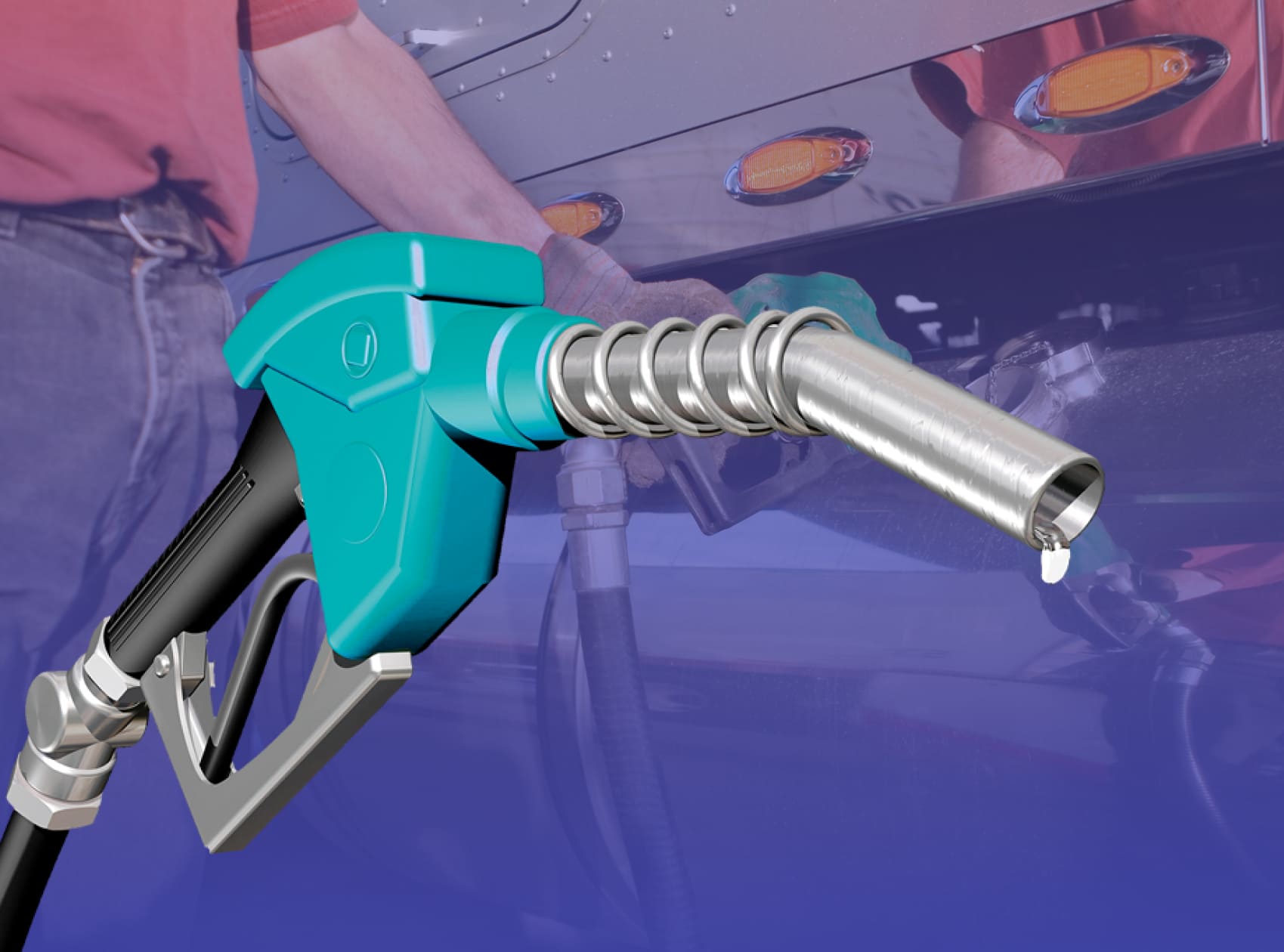
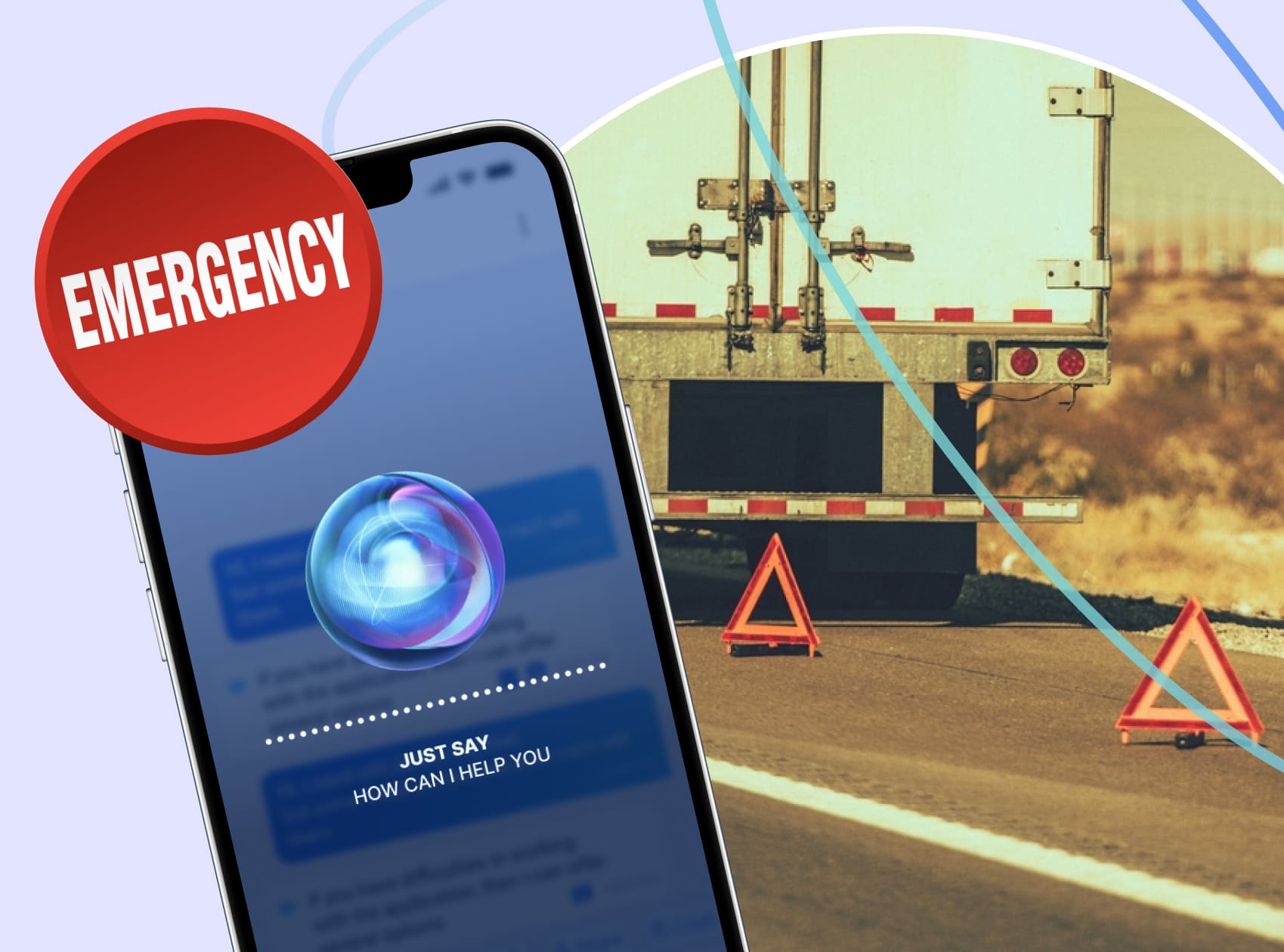
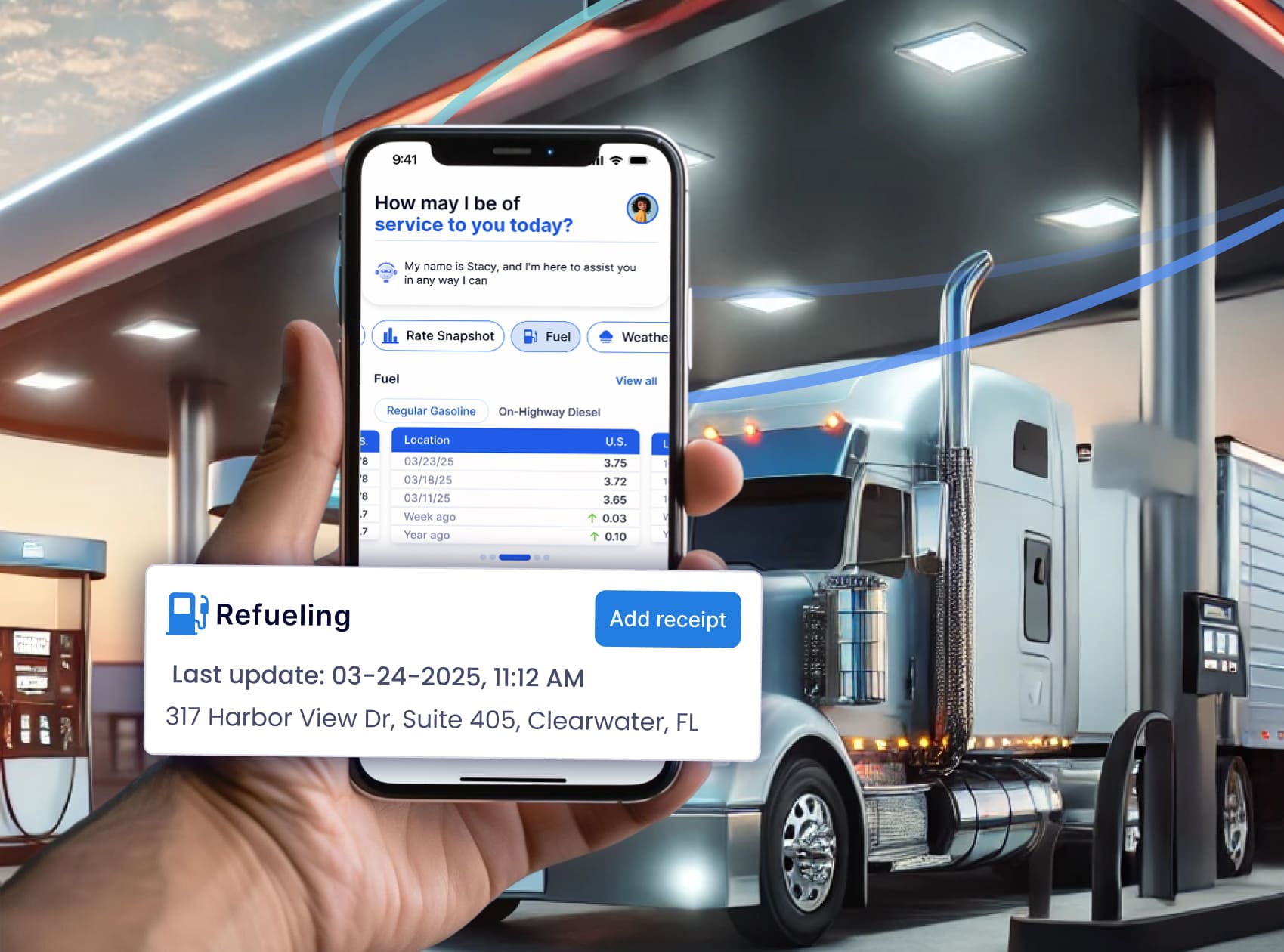


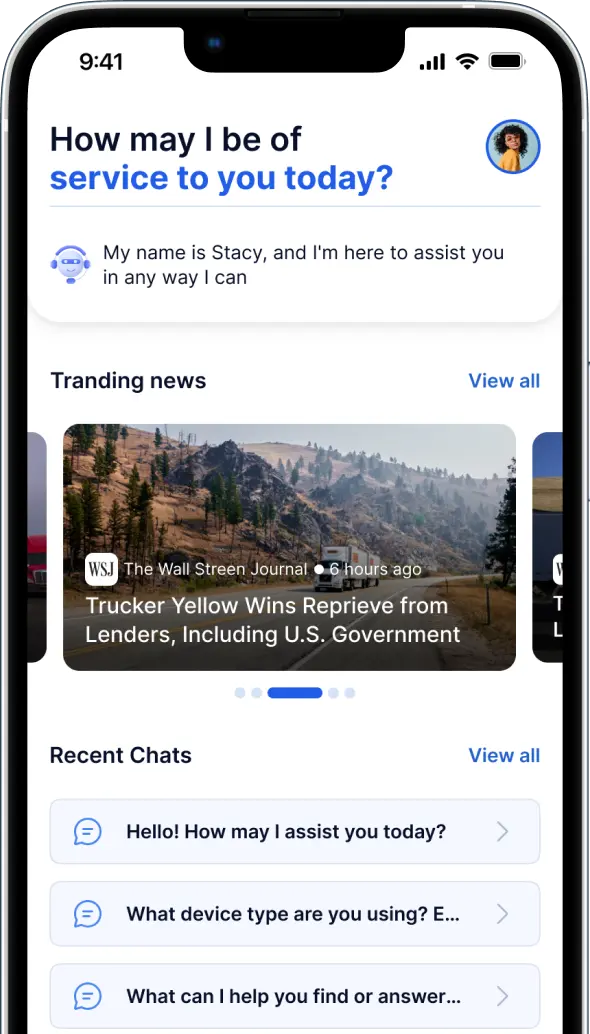



Comments (0)